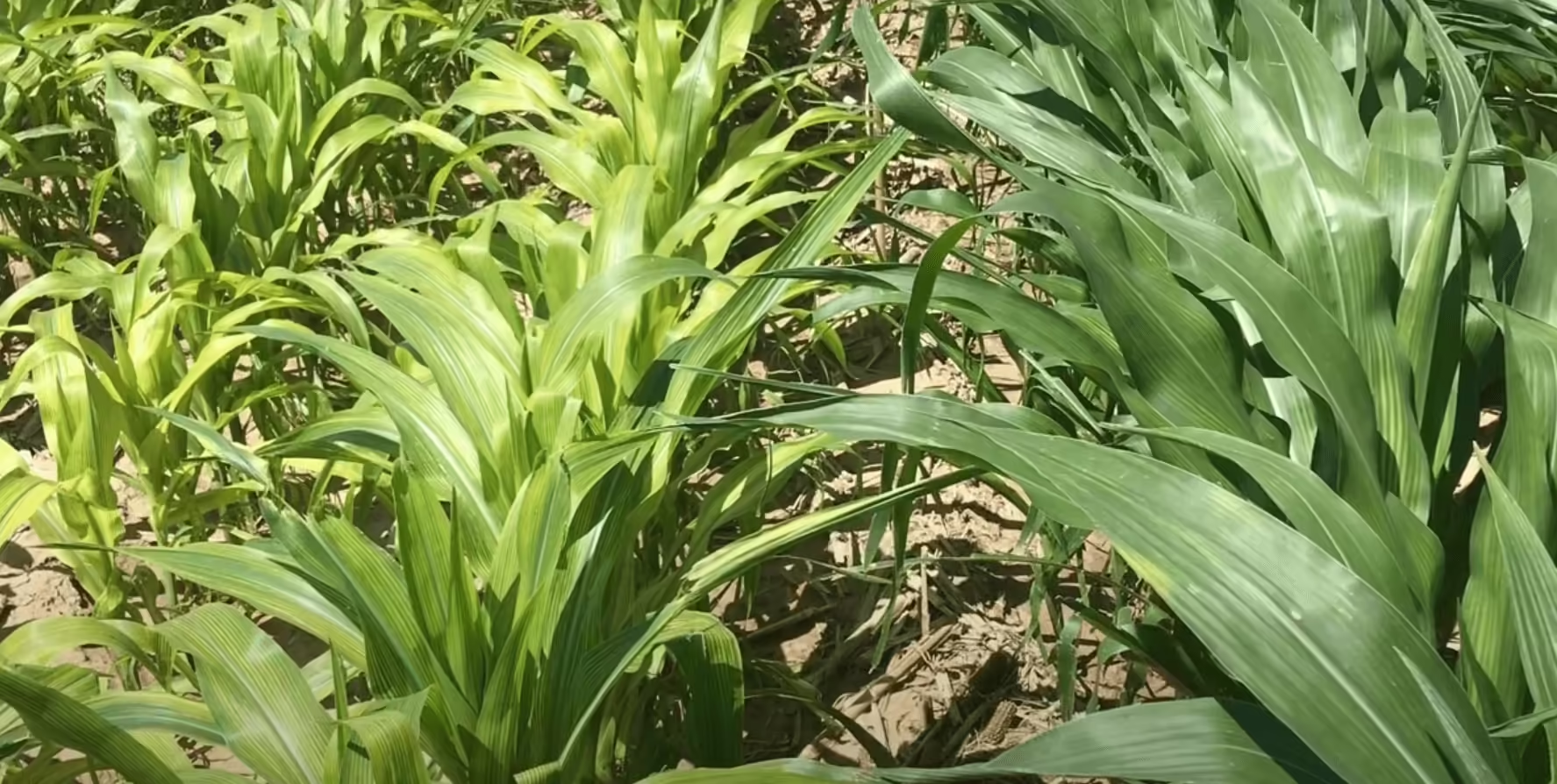Soil pH for Corn | Testing Soil pH for Growing Corn
Corn Response to High pH Soils
If you’re in farming, especially working with corn, knowing how your crops respond to high pH soils is super important. In places where the soil has high pH, often because of too much lime or calcium, research on how corn handles it can really help farmers. This kind of info is key for making smarter decisions about managing crops in tougher soil conditions. Let’s dive into what the research says and why it matters for farmers dealing with high pH soils.
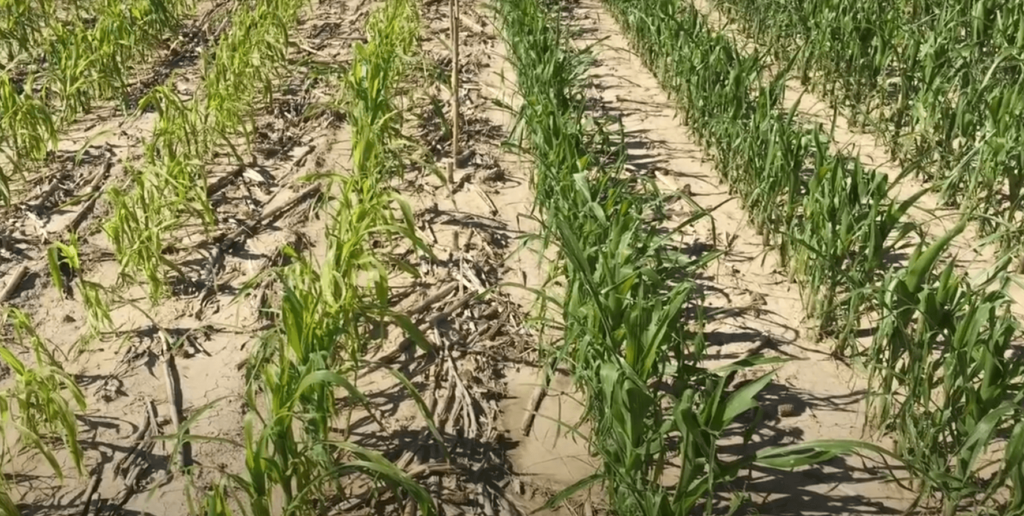
The Challenge of High pH Soils
High pH soils can be categorized into two main types: those with high sodium or salt levels, typically found near rivers or areas with a shallow water table, and those with high concentrations of excess calcium or lime. The latter is the primary focus of this research. These soils are usually found in fields where the topsoil has been eroded, either by wind or water erosion, or in areas that have been leveled for flood irrigation.
Corn plants exhibit a range of responses to high pH soils, from being highly susceptible to showing strong tolerance. Susceptible corn products often display symptoms such as interveinal chlorosis, reduced plant growth, and impaired nutrient uptake. This variability in response necessitates thorough research to determine which corn products perform best in these challenging conditions.
Optimal Soil pH for Corn
The ideal soil pH for growing corn ranges between 6.0 and 6.8. In this slightly acidic environment, essential nutrients are most readily available to the corn plants, promoting optimal growth and yield. Corn can tolerate a broader pH range from 5.5 to 7.5, but as the pH deviates from the optimal range, nutrient availability decreases, leading to potential growth challenges and reduced crop performance. Maintaining soil pH within this ideal range ensures that corn plants can access the nutrients they need for healthy development.
Research Efforts on Corn Tolerance to High pH Soils
To address the challenges posed by high pH soils, two primary research projects have been conducted. The first project focuses on measuring the genetic tolerance of new corn products to high pH soils. This involves assessing both the visual symptoms and yield impact of high pH conditions on various corn hybrids. The second project explores how different corn products respond to high pH soils when treated with HPPD (Hydroxyphenylpyruvate Dioxygenase) inhibitors, a class of herbicides also known as Class 27 herbicides.
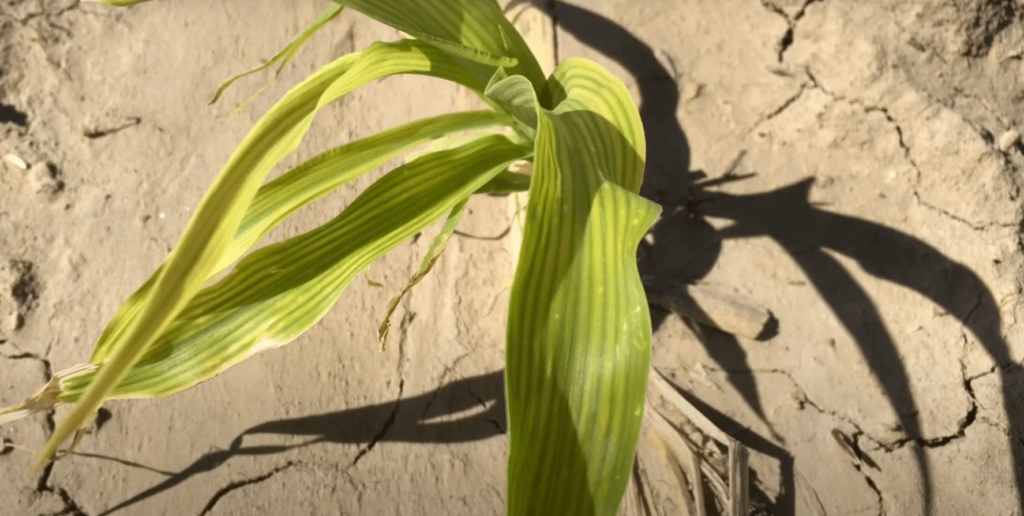
Some corn products are more prone to crop injury when sprayed with HPPD inhibitors on high pH soils. This is due to the stress on the corn plant, which reduces its ability to metabolize the herbicide effectively. Therefore, selecting corn products that are not only genetically tolerant to high pH soils but also capable of withstanding HPPD inhibitors is vital for a robust and effective weed control program.
Visual Rating and Yield Response
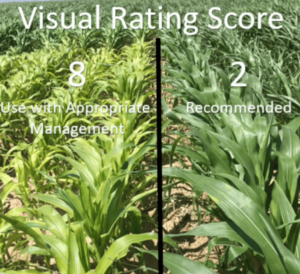
A significant aspect of this research is the visual rating of corn products grown in high pH soils. For instance, a corn product that demonstrates good plant health, strong growth, and a dark green color is rated highly, indicating it is well-suited for high pH soils. Conversely, products that show stunted growth and yellowing are rated poorly.
Yearly, approximately 80 pre-commercial and experimental corn hybrids are tested across multiple locations in western Kansas and eastern Colorado. These hybrids vary in relative maturity, with testing conducted on products ranging from 100 to 115 days.
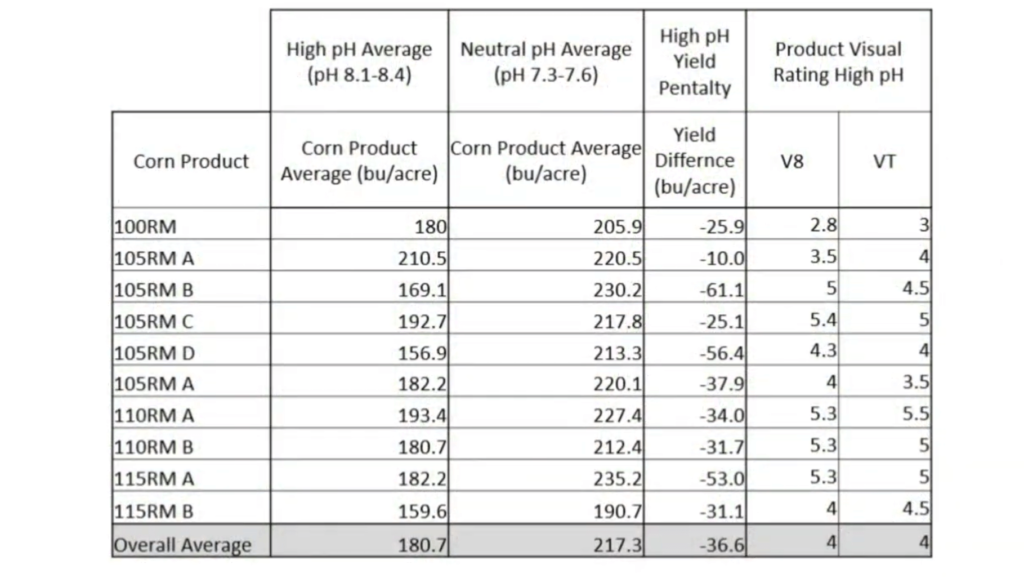
The results of these tests provide valuable data on yield differences between high pH and neutral pH soils. For example, some corn products exhibit only minor yield differences between these soil types, while others show significant reductions in yield when grown in high pH soils. This variability underscores the importance of selecting the right corn product for specific soil conditions to maximize yield potential.
Categorizing Corn Product Response
Based on the research findings, corn product responses to high pH soils can be classified into four main categories:
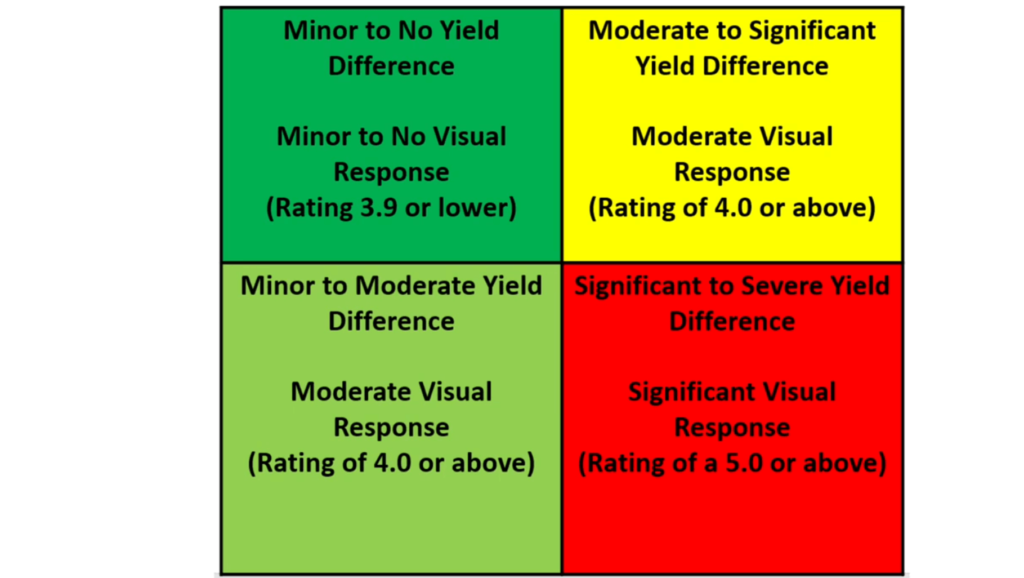
- Minor to No Yield Difference with Minor to No Visual Response: Corn products in this category are highly tolerant of high pH soils and show minimal impact on yield and visual appearance.
- Minor to Moderate Yield Difference with Moderate Visual Response: These products show some susceptibility to high pH soils but remain relatively stable in terms of yield.
- Moderate to Significant Yield Difference with Moderate Visual Response: Corn products in this category are more affected by high pH soils, with noticeable reductions in yield and visible symptoms of stress.
- Significant to Severe Yield Difference with Significant Visual Response: These products are highly susceptible to high pH soils, resulting in severe yield losses and pronounced visual symptoms.
The Impact of HPPD Inhibitors on Corn Products in High pH Soils
Another critical component of this research is understanding how corn products respond to HPPD inhibitors when grown in high pH soils. The study involved spraying different corn products with HPPD inhibitors and evaluating the crop injury three days post-treatment.
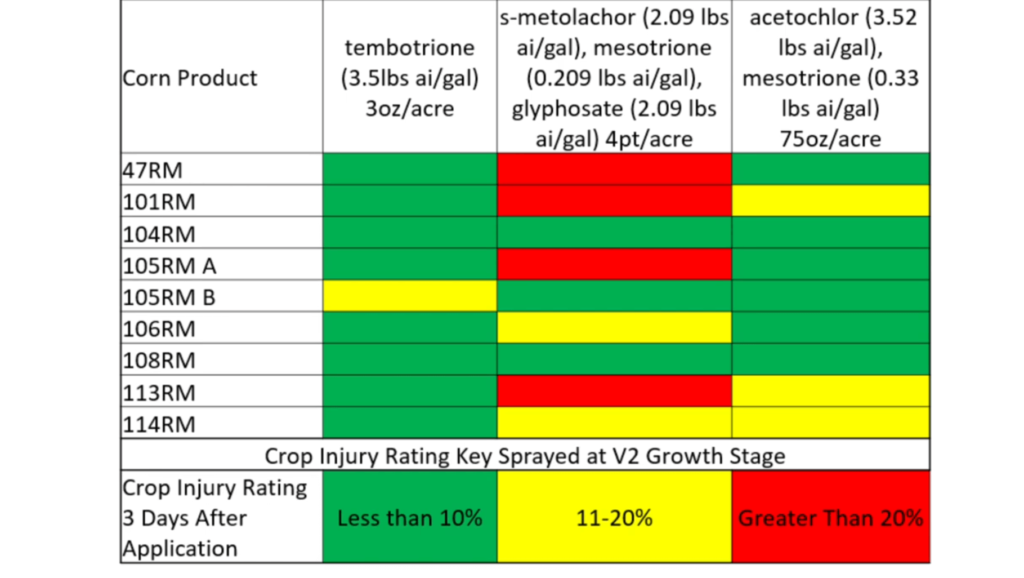
The results highlighted varying levels of crop injury, with some corn products showing minimal damage (less than 10% crop injury), while others exhibited moderate (11-20%) or severe (greater than 20%) injury. These findings are crucial for making informed recommendations on the best corn products and herbicide programs for farms with high pH soils.
